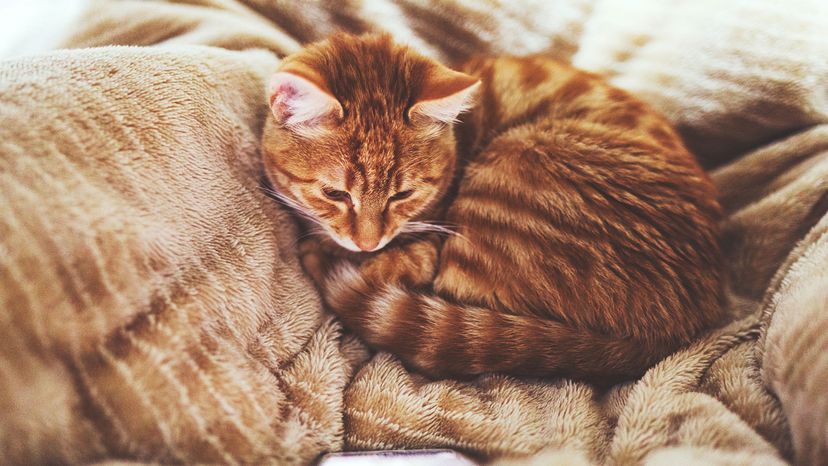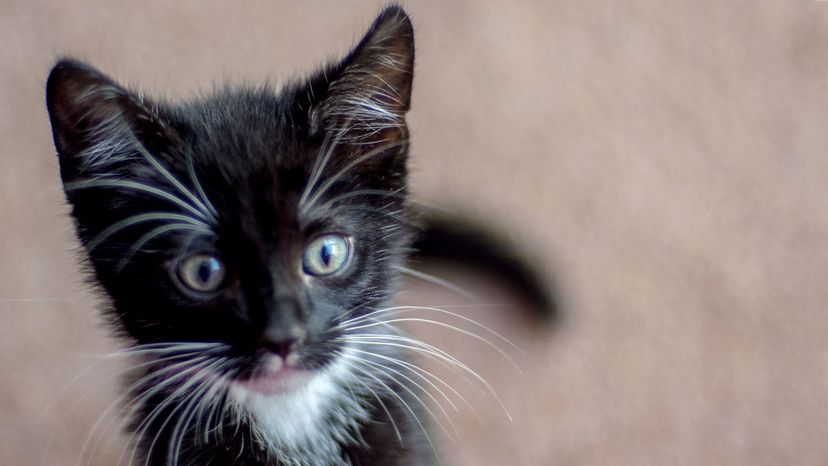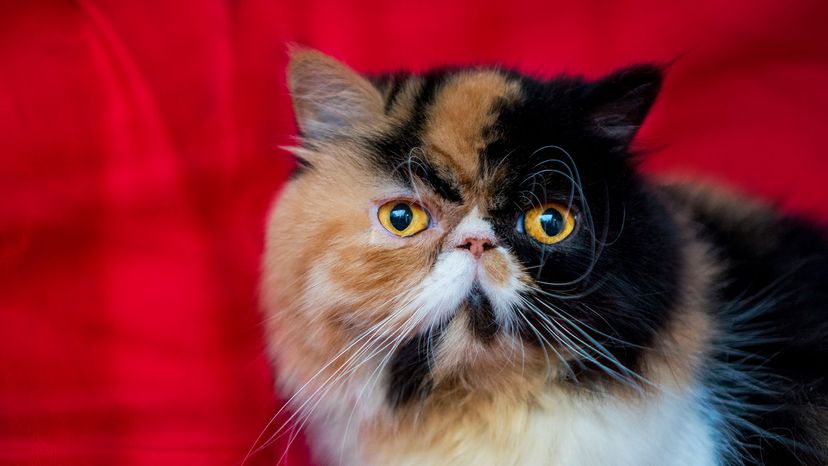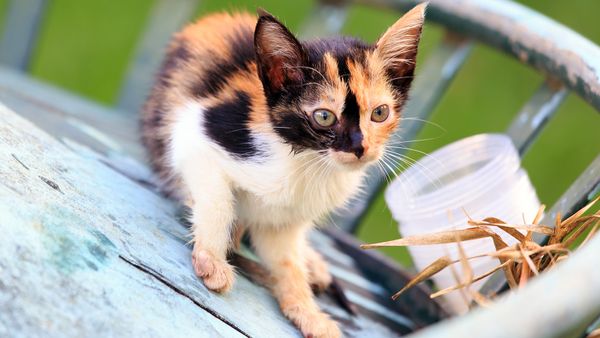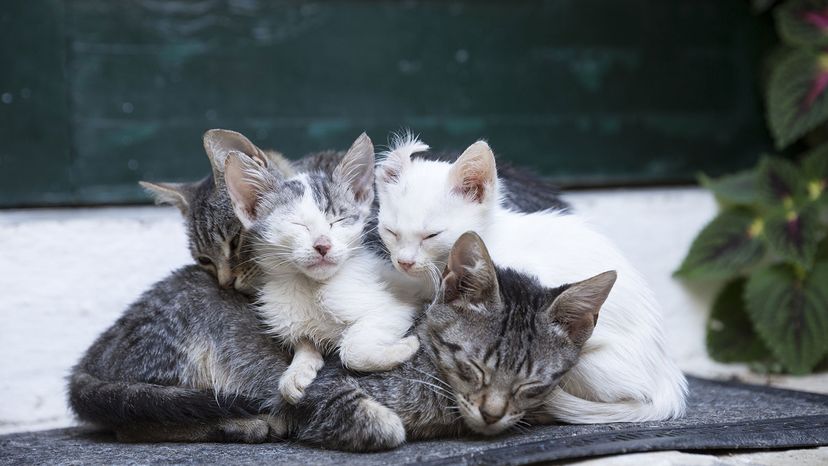
You should see Mike Moo. Oh, my is he a handsome lad. He is jet black with an all-boy face. His head is the size of a small grapefruit, and although he is large, he is most certainly the cat's meow. His fur is silky smooth. I don't know how Moo keeps it so manageable.
Farnsworth loves Mike Moo to pieces. They pal around and lick each other's faces. Farnsworth is always dressed in his Sunday-go-to-meetin' clothes, a tuxedo cat ready for any ball or cotillion. As for Calvie, she's the matriarch of the family, a brown long-haired tabby with a frisky disposition.
Advertisement
Mike, Farnsworth, and Calvie are by no means purebred cats. Oh, no, all the cats in my house are rescues, everyday housecats, who, when they're not hissing, chasing one another or scratching at the carpet, are rather good company. (As I write, Moo is under the desk snoring.) The three of them are among the most common housecats in the United States.
Housecats come in all shapes, sizes and colors. Some are lazy. Some are frolicsome. Some are smart. Others don't give a hoot. I've had many, alley cats all, each rescued from some sort of hellish life. Pandora was an orange domestic shorthair — daddy's favorite. Batty and D-Day were jet-white boys, although Batty had longer fur. When they knocked down the Christmas tree one year, I had to laugh.
In many ways, ordinary housecats, alley cats, or whatever you want to call them, never seem to get the credit they deserve. Do a quick search on the internet and you will find article after article about the Best Cat Breeds. But since domestic shorthairs and domestic longhairs are not officially recognized as a pedigreed breed, they never make the list. That's too bad. Ninety-five percent of the cat population in the U.S. is domestics, an often-unknowable blend of genes. One in 10 domestics is longhaired, the result of a recessive gene in shorthair cats.
So how best to pick your new domestic shorthair buddy?
Well, all of them have varying personalities. But contrary to some (mostly anecdotal) evidence, there's no reason to believe that a cat's color denotes its personality. So there's a good chance that a black cat will be just as friendly as one that's orange.
However, sterilization definitely impacts behavior, so a cat that's been spayed or neutered will absolutely behave differently than one that hasn't. You'll also note major shifts in behavior depending on a cat's age. Adolescent cats, as any cat lover can attest, tend to be far crazier and energetic than older cats.
Environment is another key influence, says Danielle Bays, senior analyst of cat protection and policy at the Humane Society of the United States. "In the natural world, domestic cats are both predator and prey. Depending on how confident a cat feels in a particular environment or situation, that determines their personality." So, if cats fear people or other animals in the house, they may often hide. Cats that feel secure are more likely to be out and about looking for attention, and of course, treats.
"Cat owners or those looking to adopt a cat should consider a cat's socialization and energy level as well as their training and background as these are all influential variables to animal behavior," says Marny Nofi, senior behavior manager for the American Society for the Prevention of Cruelty to Animals' Anti-Cruelty Behavior Team. "It is also important to note that kittens are still developing, and their personalities may change as they age. Socialization is key to increasing the chance your kitten will grow into a more confident cat."
Personality aside, there are a host of genetic factors that go into the color and pattern of domestic shorthairs. In an attempt to celebrate these cats, here are a few types that will make you waggle your whiskers.
Advertisement
